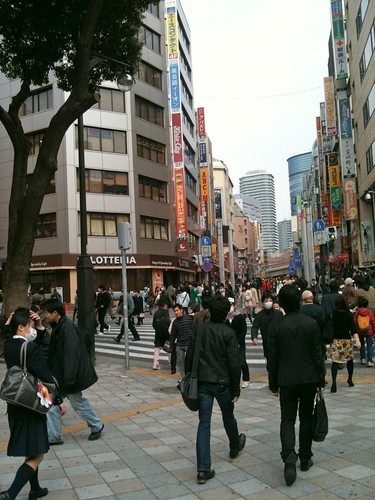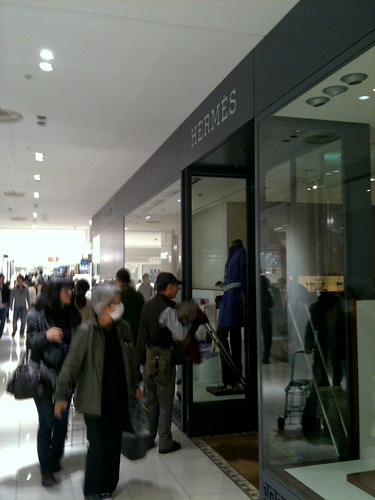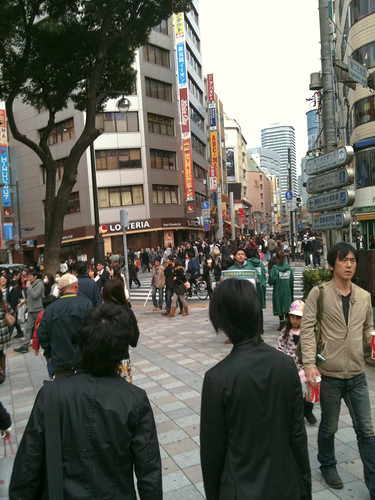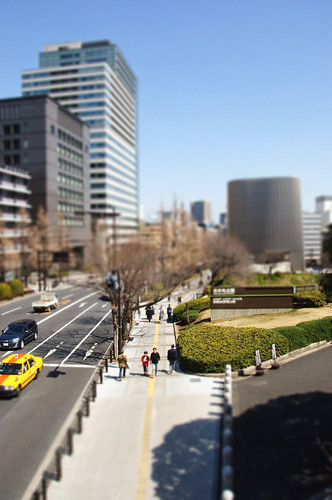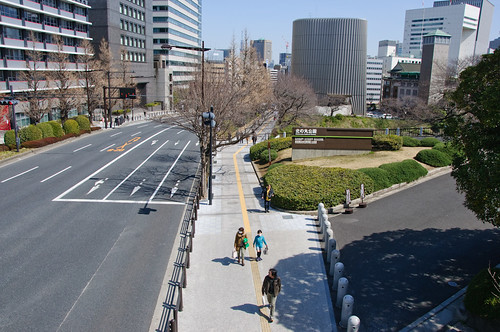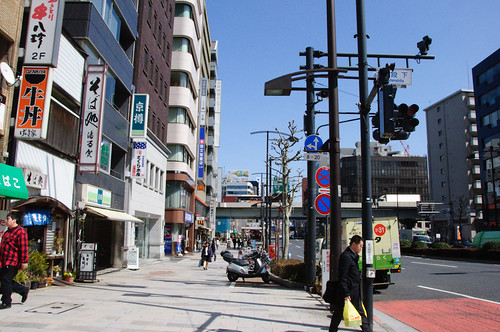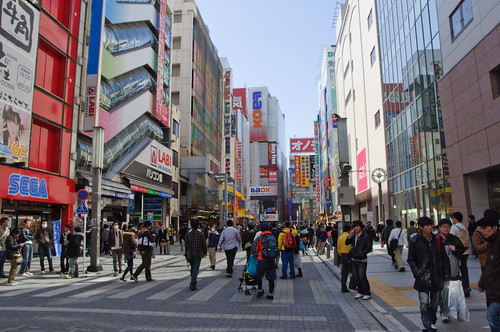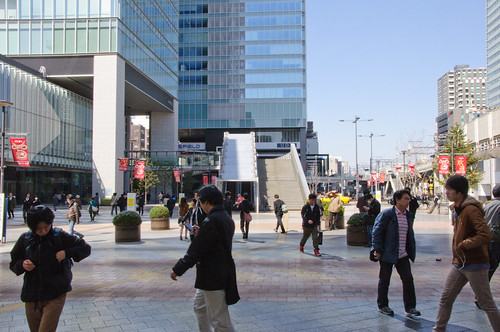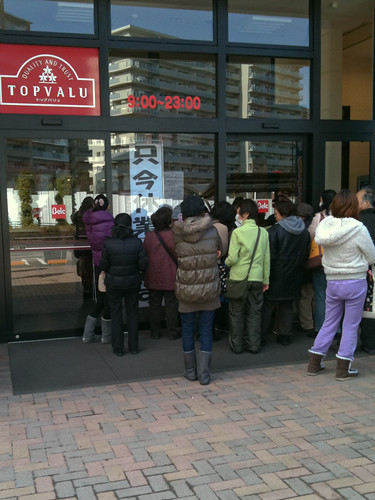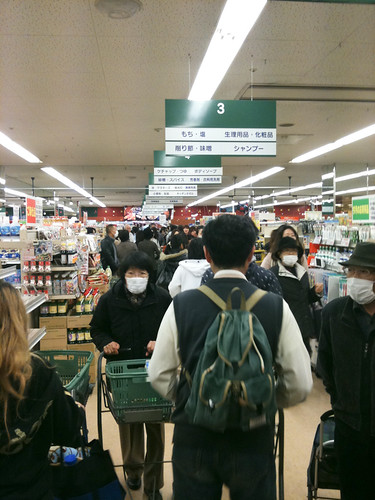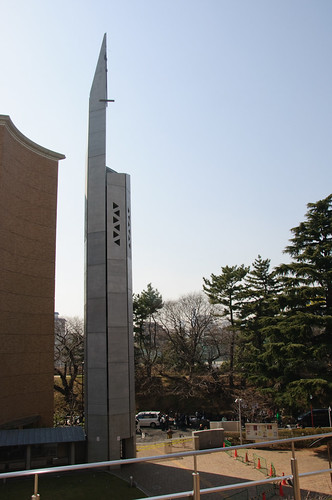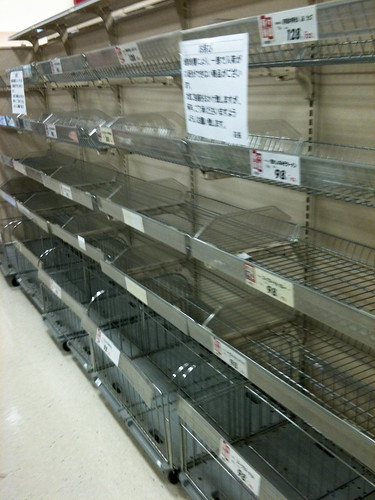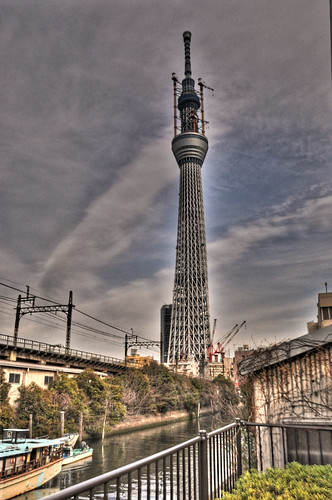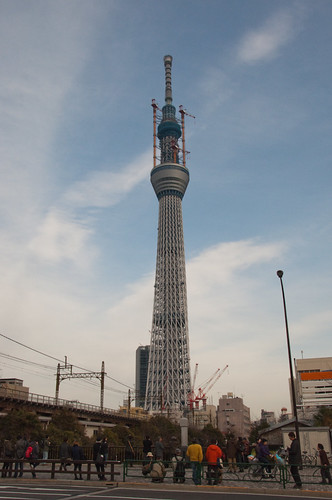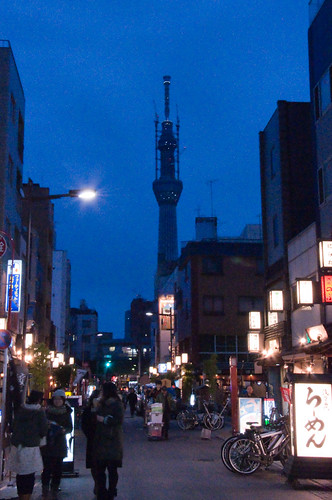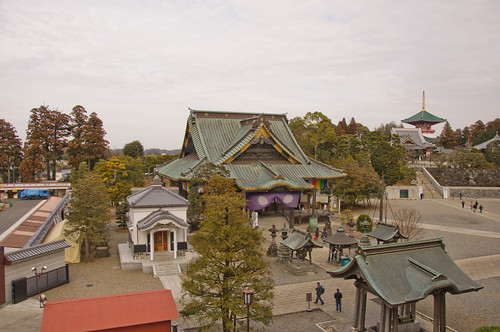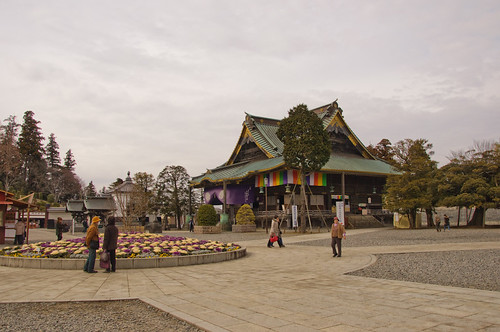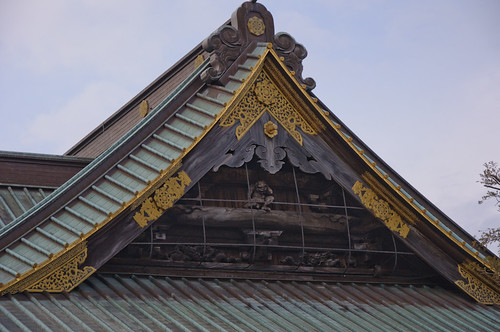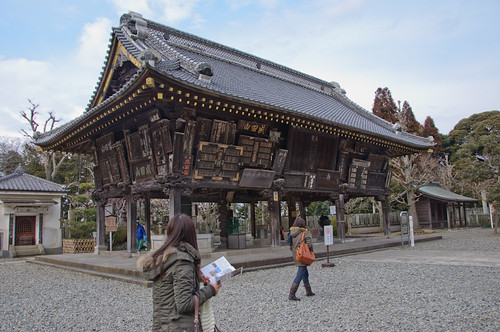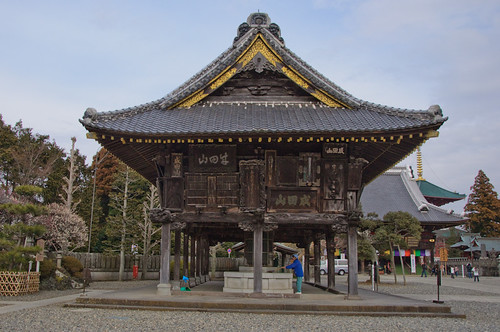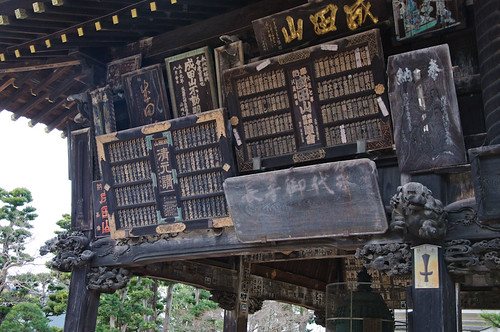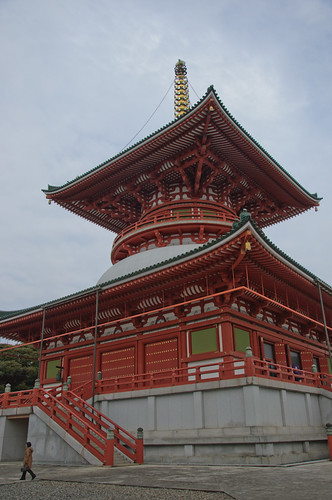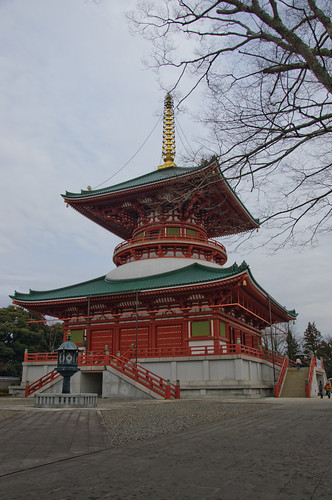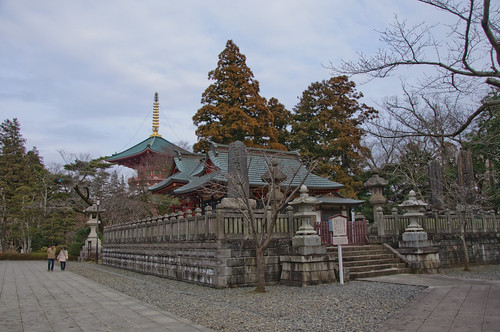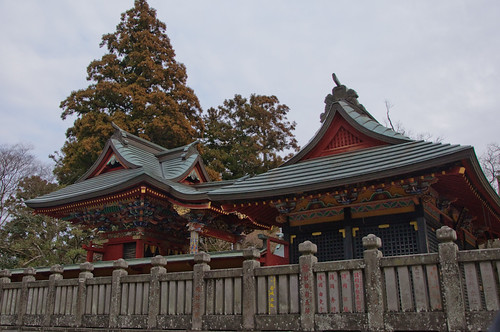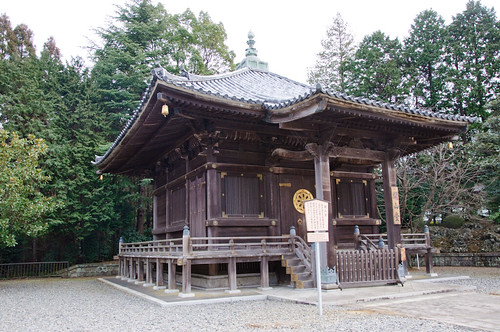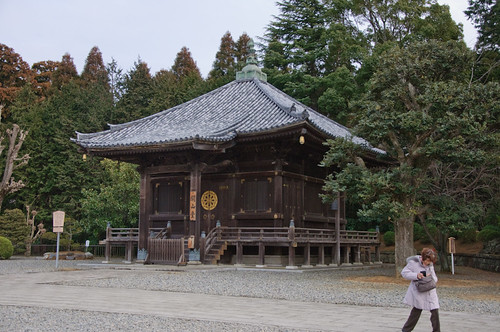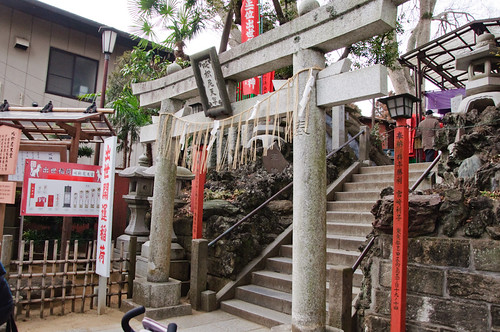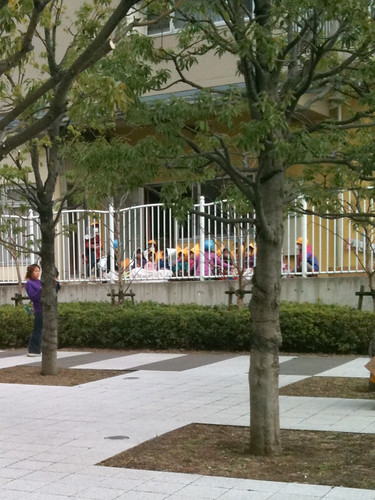
Yesterday we suffered an 8.8 earthquake, the worst in Japanese recorded history, and a subsequent tsunami that causes the lost of a large number of people, estimated in the thousands at this moment.
The readiness of the government will be tested in the next hours, but I have witnessed firsthand the amount of preparation and readiness of the Japanese people and I was surprised by the level of it.
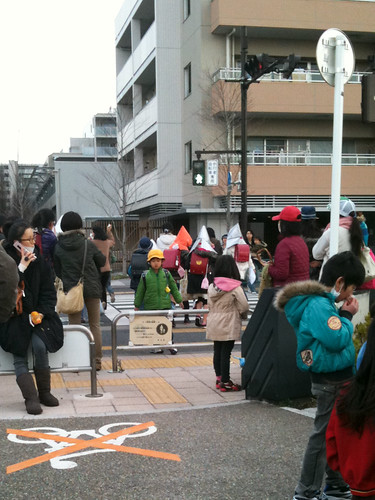
When I felt the first tremors, my reaction was to try to remain calm and stay put as (I though) it will surely will be over quickly, Japanese people on the other hand, first reaction was, to check the TV for an official update on the tremor;
As the tremor lasted more than a couple of seconds and increased in intensity, I was ready to start looking for a good place to hide, to my relief Japanese people were ready to leave, and started to do so immediately, as they know is not safe to stay in a building during a strong earthquake, elevators, gas, and in some areas even electricity stops automatically to prevent other disasters, so we had to go down using the stairs, once on the 1st floor I found a large group of people getting ready to leave to a evacuation area, an area clear of buildings. In front of my building there is a nursery school, the teachers at the start of the quake gathered the children outside the building and cover them with the Japanese disaster headgear, the same used during the war to protect from the flying burning debris on a fire situation, note the kids and teachers at the nursery’s balcony on the photo. At the evacuation center I found that most people on the area have already gather there to wait for the end of the quake, most of the kids walking by from school were wearing the same headgear.
Japanese kids train and prepare for this kind of disaster at school and work, consequently when the quake strike, they react accordingly quickly, although you can never be prepared for a quake of this intensity.
Español
